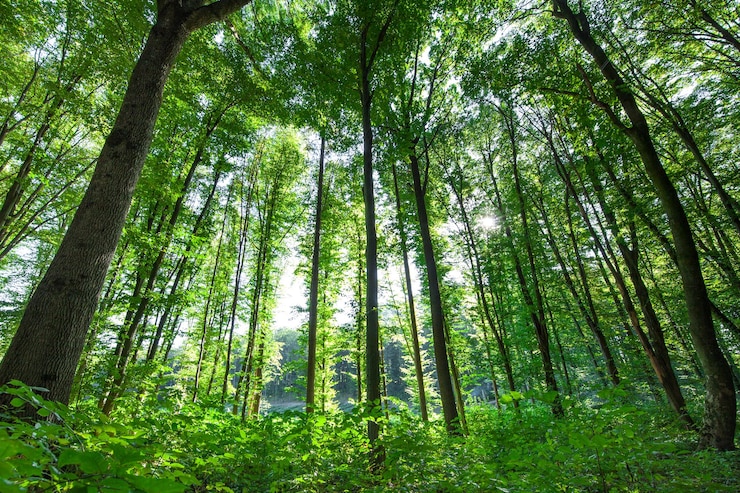Biosphere: The Web of Life’s Interconnectedness – Within the intricate tapestry of our planet’s ecosystems, the biosphere stands as a captivating realm where life flourishes in its myriad forms. Encompassing all living organisms and the environments they inhabit, the biosphere is a dynamic and essential component of Earth’s intricate balance. This article embarks on a journey to unveil the meaning of the biosphere, its significance, its diverse manifestations, and its pivotal role in sustaining life.
Three Examples of the Biosphere
The biosphere encompasses a diverse range of ecosystems across the globe. Three examples that exemplify the biosphere’s diversity include: https://162.214.224.194/
- Tropical Rainforests: These lush and biodiverse environments are teeming with life, from vibrant plant species to a wide array of animals. The intricate interplay of life within tropical rainforests highlights the interconnectedness of various species and their reliance on one another. hari88

- Coral Reefs: Beneath the waves, coral reefs flourish as vibrant marine ecosystems. These underwater havens host a multitude of species, from colorful corals to diverse fish and other marine organisms. The biosphere extends even to the depths of the oceans, underscoring the interconnectedness of life across different environments.
- Grasslands: Stretching across vast expanses of land, grasslands support a variety of wildlife and plant species. These ecosystems demonstrate the adaptability of life to different climatic conditions and highlight the harmonious relationships between grazers and plant life.
Why is the Biosphere So Important?
The biosphere plays a pivotal role in supporting and sustaining life on Earth. It regulates climate, provides habitats for countless species, and ensures the availability of essential resources such as food, water, and oxygen. The intricate balance within the biosphere helps maintain ecological stability, promoting the survival and thriving of diverse organisms.
The Five Types of Biosphere
The biosphere exhibits its diversity through five distinct types:
- Lithosphere Biosphere: This includes the terrestrial environments of landmasses, encompassing forests, deserts, mountains, and more.
- Hydrosphere Biosphere: Encompassing aquatic environments, this type includes oceans, rivers, lakes, and other bodies of water.
- Cryosphere Biosphere: This type involves frozen environments, such as polar ice caps and glaciers.
- Atmosphere Biosphere: Life extends into the Earth’s atmosphere, where organisms like birds and insects navigate the skies.
- Anthroposphere Biosphere: The influence of human activity is an integral part of the biosphere, from urban environments to agricultural landscapes.
Is the Biosphere a Body of Life?
The biosphere is not a physical body of life but rather a conceptual framework that encompasses all living organisms and their interactions with the environment. It includes the entirety of Earth’s ecosystems, from the depths of oceans to the heights of mountains. The biosphere reflects the intricate web of life that weaves across the planet, showcasing the interdependence of organisms and the ecosystems they inhabit.
Conclusion: Guardians of Earth’s Vitality
The biosphere, with its astounding diversity and intricate interconnectedness, remains Earth’s cornerstone for life. From the vibrant rainforests to the depths of the oceans, the biosphere sustains and shapes the myriad forms of life that call our planet home. Its significance extends beyond ecological balance; it embodies the intricate dance of life that continues to inspire awe and appreciation for the delicate yet robust web of existence.

